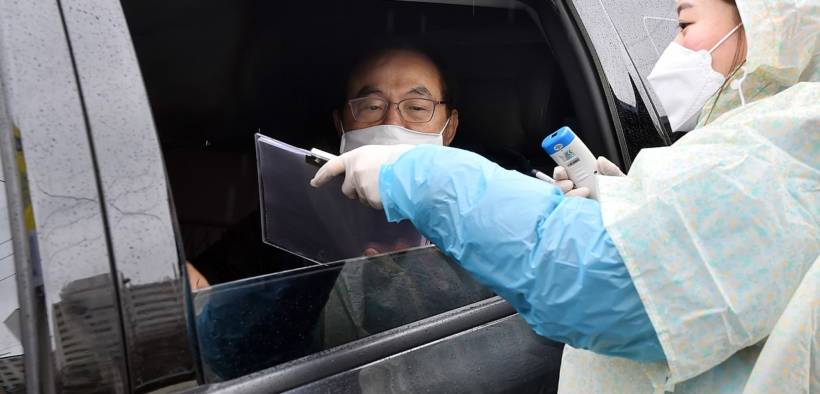Shark Tank Initiative: Combatting COVID-19, Part 4: The U.S. Isn’t S. Korea or Sweden

This is part 4 of a multi-article series about the Shark Tank collaborative involving NIH and BARDA, discussing differences between the U.S., S. Korea and Sweden.
Part 1 click here,
Part 2 click here
Part 3 click here
This segment of the series regarding the Shark Tank initiative deals with the often-cited examples of South Korea and Sweden. During his testimony, Dr Francis Collins of the NIH responded to the Senate Committee’s queries about South Korea and Sweden.
The U.S. Isn’t South Korea
During his questioning, Senator Tim Kaine (D-VA) discussed the fact that on March 3, South Korea had more deaths than the U.S. Yet, as of the date of the hearing, South Korea had just 256 deaths, while the U.S. had over eighty thousand. He asked why. Dr Collins commended South Korea, stating that they “did some amazing things”. He noted that they are a considerably smaller country than the U.S. Additionally, he explained, they figured out social distancing and testing with great rapidity. But, he noted, the U.S. is a “big sprawling country” which poses unique challenges,
“we now grieve to see what has happened with these deaths. We’re not through this, we are nowhere near through this. We’ve got to put everything we’ve got into preventing this from getting any worse which means testing and vaccines and it’s what I’m doing 24/7.”
Why South Korea Succeeded
Senator Mike Braun (R-IN) posed the question to Dr Collins as to the significance of South Korea’s strategy. He asked if it was a particular test they used, or whether the difference lies hygiene or distancing. Senator wondered if there is a test anyone else uses that the U.S. should also have access to. Dr Collins didn’t recall the exact details of South Korea’s diagnostic technology, but believes it was based on PCR, a process also used by the U.S.
Rather, it was the speed with which they ramped up testing, and strong enforcement of physical distancing. He noted that S. Korea is “a country that was quite amenable to those recommendations, not quite as much in the sort of American zone of not wanting government to tell you what to do.” In response to Senator Braun’s query as to which test matches most closely to tests performed in South Korea, Dr Collins replied that the ones seen in LabCorp and Quest, fairly high throughput tests completed in central laboratories.
We’re Not Sweden Either
Senator Braun finished his questioning with “the idea of broad methodology”. He questioned what would have happened had the U.S. followed Sweden’s example, where they are allowing “herd immunity” to develop. Could the U.S. have focused its available resources more strategically, creating an “iron dome” around the vulnerable. If so, could the U.S. have proceeded with a less severe response than the current one-size-fits-all approach. The one-size-fits-all approach seemed drastic to Senator Braun, given the minimal symptoms experienced by the majority infected.
Dr Collins contended that it would have to be a completely impenetrable dome. If one case of COVID-19 got in, easy spread from asymptomatic carriers would turn it into a nursing home situation. But, the country has a version of the iron dome, vulnerable are advised to stay home, keep physical distance and ensure those around them do the same. From his perspective, it’s a fairly successful enterprise as evidenced by the flattening of the curve happening in many places.
“That didn’t just happen because we got lucky, that happened because people went to considerable difficulties, and it did terrible damage to our economy, to try to save lives by this kind of sequestering of people so they couldn’t get fatal illnesses.”
The end goal is obvious to return to pre-pandemic normalcy – a world in which people don’t have to follow these guidelines anymore. That’s why the vaccine is so prominent in the minds of experts. Until a vaccine becomes available, testing, identifying and quarantining infected people are essential practices. But, according to Dr Collins, “It’s gotta be that mix. Don’t let anybody tell you if we just did one of those it would be alright, we have to do all three.”















